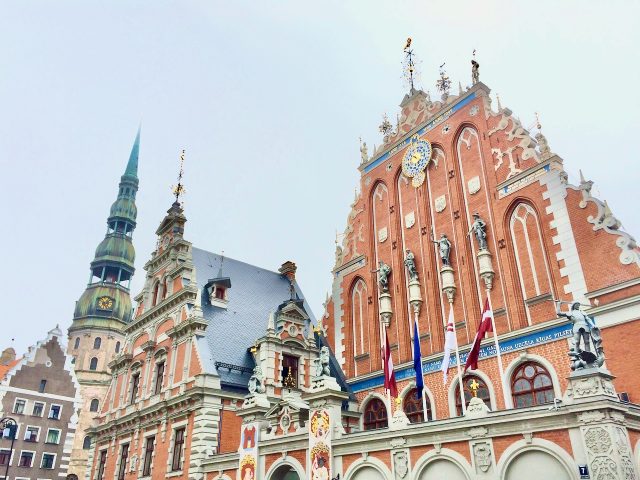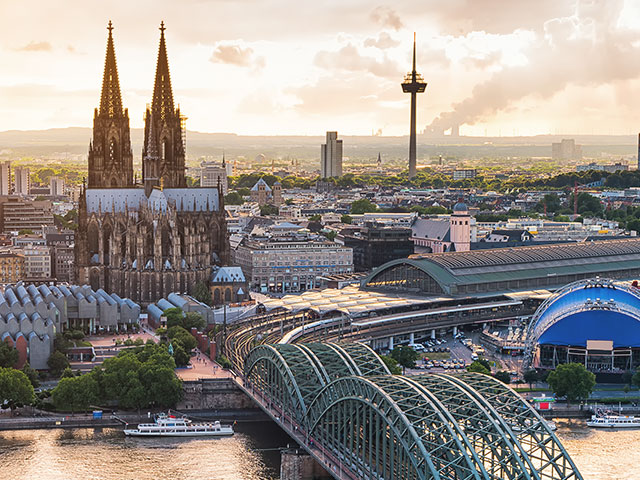How do I arrive to Druskininkai?
Druskininkai is an important town in the country's border so there are many way to arrive there from all over Lithuania and the neighbouring countries.
- Train:
there are no train stations here but the nearest one is in Varėna, 60 km from Druskininkai.
- Bus: there are very frequent buses to Druskininkai from Kaunas and Vilnius (aprox. 2 hours), having also connections with Panevėžys (aprox. 4.5 hours) and Šiauliai (aprox. 5 hours 15 minutes).
- Car:
if you rented a car, within Lithuania, it can be reached from many destinations like Dzūkija National Park (aprox. 30 minutes), Prienai (aprox. 50 minutes) or Kaunas and Vilnius (aprox. 1 hour 40 minutes). It's a border town so other countries can be reached easily: there's a 50 minutes journey from Grodno (Belarus) and 1.5 hours
journey to Augustow (Poland).
The park is also close to the border with Poland,
being reached easily from places in Podlaskie Voivodeship like Augustow
or Suwałki (aprox. 1 hour 25 minutes), and with the border with
Belarus, Grodno (aprox. 50 minutes).
History
Druskininkai area is believed to have been inhabited by Yotvingian tribes, being part later of the Duchy of Lithuania. The first written mention of Druskininkai dates back to 1636. In the 18th century the minerals found in the waters were thought to benefit asthma or other ailments and in the 19th century, a professor at the University of Vilnius (Ignacy Fonberger) analyzed the composition of the waters and promoted the town as a holiday resort for Vilnius' population. Czar Nicholas I of Russia bestowed the status of a spa, becoming popular in parts of the former Polish-Lithuanian Commonwealth. After WW1 the town became part of Poland (as a gmina, town, in Grodno powiat of Białystok Voivodeship) in and its popularity increased thanks to the Polish statesman Józef Piłsudski. After Poland was invaded during WW2, it was briefly incorporated to the Belarusian Soviet Republic and it was transferred to Lithuania (after its invasion). Druskininkai was occupied by Germany in 1941, the Jews population in the town was killed and it was retaken by the Soviet Union in 1944 and passed to Lithuanian Soviet Republic. During the Sovietic period the town grow very fastly, getting many visitors from all over the Soviet Union but after Lithuanian independence, Druskininkai faced economic difficulties (due to the lack of former tourists). Despite damage inflicted during WW1 and WW2, the town features
houses and villas reflecting all periods of its development (Russian,
Polish and Lithuanian). Since 2011 it has the Snow Arena, one of the biggest indoor skiing slopes in Europe.
What can I visit in Druskininkai?
These are Druskininkai's main attractions:
- M.K. Čiurlionis Memorial Museum (11-17 Tue-Sun; 2€/ 1€ adults/ students and kids): museum placed in the former Čiurlionis' childhood house that shows the early history and facts that influenced him. It's a very good introduction to the most gifted Lithuanian writer-painter, a painter that contributed to Symbolism and Art Nouveau and is considered one of the pioneers of abstract art in Europe.
- Druskininkai Resistence and Exile Museum (8-17 Mon-Thu; 8-15:45 Fri; free): museum that explains the history of Lithuanian people living in this region under the Soviet occupation and people who had to get exile.
- Dievo Motinos ikonos „Visų liūdinčiųjų Džiaugsmas“ Russian Orthodox Church: church built in 1865 after Druskininkai become a highly popular spa town visited by many wealthy Russians. It was very popular among Russians that lived here before WW1 and later among White Russian emigration (therefore closed after Red Army entered Druskininkai in 1944).
- Museum of Druskininkai (11-17 Mon-Sat; 2€/ 1€ adults/ students and kids): museum located at Linksmoje Villa which shows the history of the town and the area, specially focused in the period in which Druskininkai was a popular resort and in the interwar period. It has some interesting maps, works of art and other objects.
- St. Mergelės Marijos Škaplierinės Catholic Church: Neo-Gothic church built in 1931 when the previous 19th century one was demolished.
- Mineralino Vandens Biuvetė (11-14 and 15-18): green circular building where Druskininkai water can be tried.
- Giros Aidas (10-18 Tue-Sun; 2€/ 1€ adults/ students and kids): museum with stuffed animals, exhibits photographs of the country's landscapes and fauna and works by Lithuanian folk artists (mainly wood carving with a nature and pagan theme).
- Druskininkai Cementery: 19th century cementery with parts for both Orthodox and Catholic Christians.
-
There are some cyclist routes that can be enjoyed in Druskininkai: Saules Takas (24 km) which goes south next to the river, Žvaigzdžių orbita (24 km) which and Žilvino Takas (20 km), routes which joins Druskininkai with Grūtas Park.
 |
| Grūtas Park |
 |
Dievo Motinos ikonos Orthodox Church
|
What can I do in Druskininkai?
Probably Druskininkai is the best place in Lithuania to relax in a spa. The most recommended ones are Grand Spa Lietuva (V. Kurdikos gatvė 43), SpaVilnius (K. Dineikos gatvė 1) and Druskininkai Health Resort (Vilniaus alėja 11). The town also offers a place that kids will love, Aqua Park (Vilniaus gatvė 13-2).
Where can I eat in Druskininkai?
As Druskininkai
is a quite important town in Lithuania, the gastronomic offer is quite
important, although not very cheap. In low budget circunstances the best
choice is taking out food from supermakets. Otherwise there are medium price offers with Lithuanian food like Kolonada (Kurdikos
gatvė 22) with a tasty pork's neck with mushrooms, Forto Dvara (M.K. Čiurlionio
gatvė 55) or international gastronomy could be Sicilija (Taikos
gatvė 9) or Senoji Hansa (Kurpių
gatvė 4). With a high budget the best choice is Stora Antis (Tiltų
gatvė 6), located in a 19th century basement.










 14:35
14:35
 Banknotemaniac
Banknotemaniac

 Posted in:
Posted in: 
